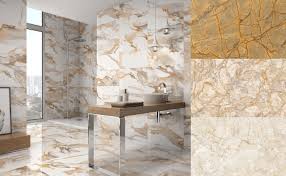Transparent, reflective, and malleable—Glasreinigung Fensterreinigung Stuttgart, an ancient material dating back thousands of years, continues to redefine contemporary architecture and design in ways that were previously unimaginable. From towering skyscrapers to minimalist residences, this remarkable material has become an integral element in shaping the aesthetic and functionality of modern structures.
A History of Innovation:
The history of glass dates back to ancient civilizations like the Mesopotamians and Egyptians, who first discovered it by heating sand and other natural elements. Over centuries, its production techniques evolved, leading to the creation of various types of glass, each with distinct properties and applications.
The architectural utilization of glass took a significant leap forward during the 20th century, thanks to the pioneering works of architects like Ludwig Mies van der Rohe and Le Corbusier. They embraced glass as a primary building material, envisioning structures with walls of transparency, blurring the boundaries between interior and exterior spaces.
Transformative Applications:
Structural Brilliance:
Glass, with its versatility and strength, revolutionized the concept of architectural design. It enables architects to craft visually stunning structures that play with natural light and provide unobstructed views of the surroundings. Skyscrapers adorned with glass facades, such as the Burj Khalifa in Dubai or the One World Trade Center in New York City, stand as testaments to its structural prowess.
Sustainable Solutions:
In the wake of environmental consciousness, glass has also found its place in sustainable architecture. Innovations in glass technology now allow for the development of energy-efficient solutions like Low-E (Low Emissivity) glass and double or triple glazing. These advancements aid in controlling temperature, reducing energy consumption, and optimizing natural light, thus minimizing the carbon footprint of buildings.

